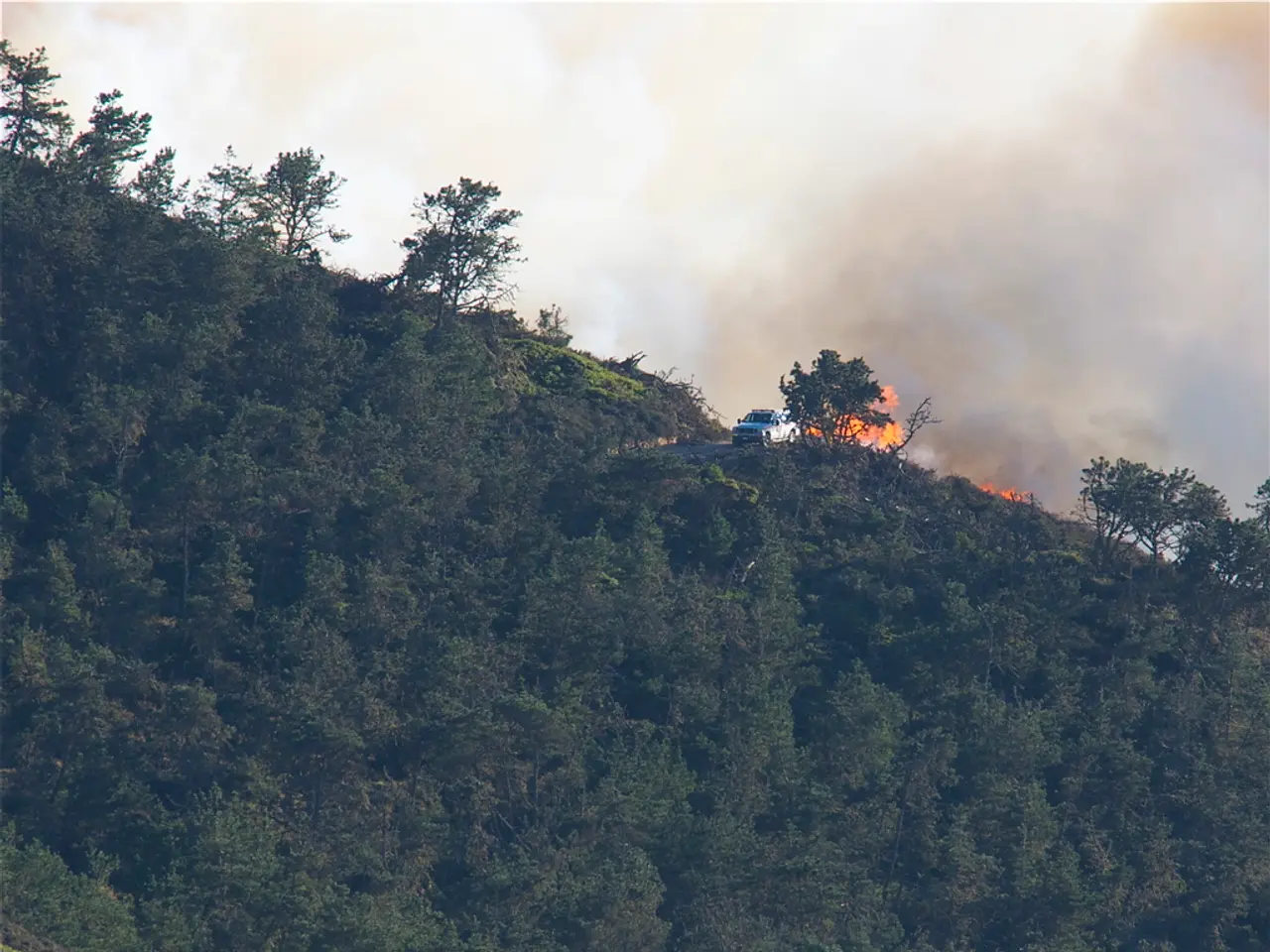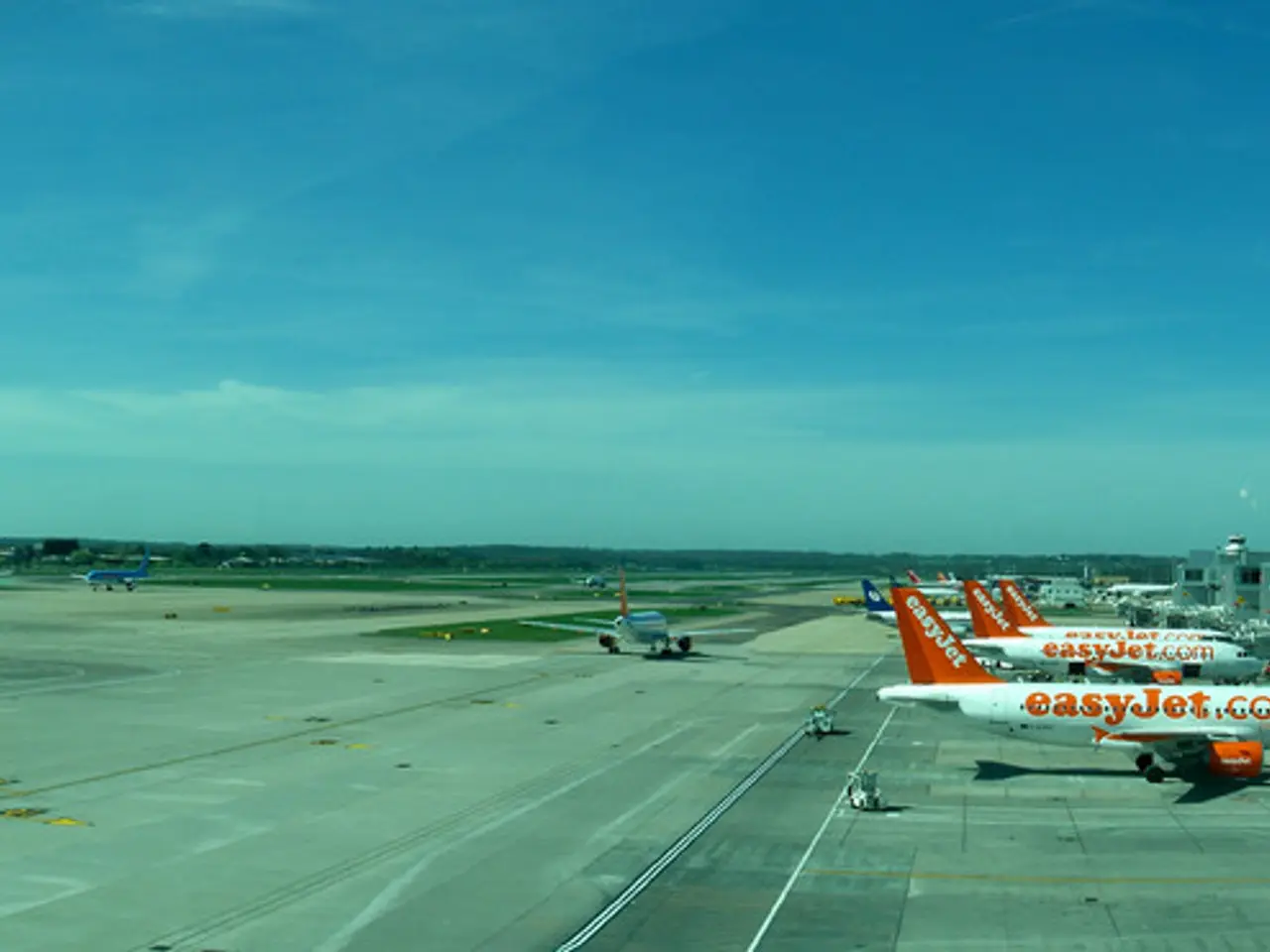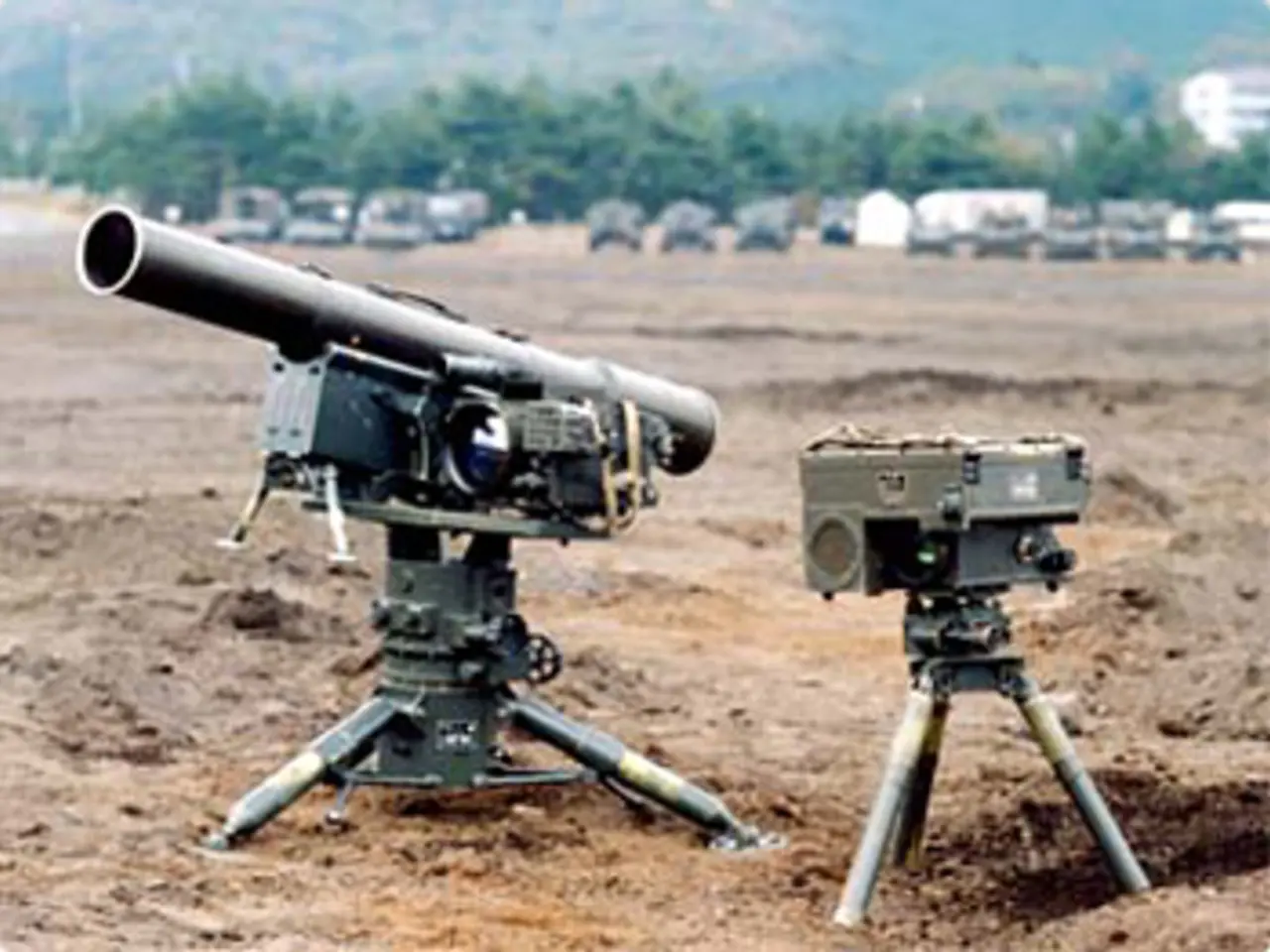- Forest blaze halted from expanding during nighttime hours.
A wildfire on Saalfelder Height, near Goesselsdorf in Thuringia, continues to pose a significant challenge for firefighters. The blaze, considered one of the largest in the region in around 30 years, has spread across at least 250 hectares.
In a bid to intensify firefighting efforts, an additional helicopter is coming from Bavaria, joining the forces already engaged in the operation. This helicopter, initially scheduled for a firefighting exercise this Saturday, is now facing a real-life operation. The Bavarian helicopter will primarily focus on fighting fires in steep areas, which have proven particularly challenging for ground crews.
Ground crews, supported by the state and federal police helicopters, are working tirelessly to contain and suppress the fire. With the arrival of the Bavarian helicopter, aerial firefighting operations are expected to improve, with water or retardant drops likely to be employed to curb the fire's spread. Ground crews and aerial resources are also expected to coordinate more effectively to protect nearby communities.
A disaster alert has been issued for the wildfire, but Peter Lahann, spokesman for the district office, did not provide further details about the alert's implications. He did report, however, that the situation remains as it was the previous day.
Efforts to improve the water supply for the wildfire have been necessary, given the enormous amounts of water consumed in the large-scale operation. Around 500 helpers are currently on site, working to bring the wildfire under control.
Despite the challenges, the fire was prevented from spreading overnight. However, with the intensified firefighting efforts planned for the day, the battle against the wildfire is far from over.
For the most current operational plans and updates, residents are advised to check official statements from Thuringian emergency services or local government updates. A third helicopter from Bavaria is also expected to arrive today for firefighting purposes.
- In the community policy for crisis situations, it is essential to establish a clear protocol for the deployment of additional resources like aerial firefighting equipment, such as the Bavarian helicopter, in instances where local resources are insufficient, like the ongoing wildfire on Saalfelder Height.
- In the environmental-science section of the community policy, measures should be in place to ensure the minimum environmental impact of firefighting efforts, considering the potential ecological consequences of water or retardant drops on the local weather and ecosystem in the surrounding areas, particularly during a wildfire like the one near Goesselsdorf in Thuringia.





